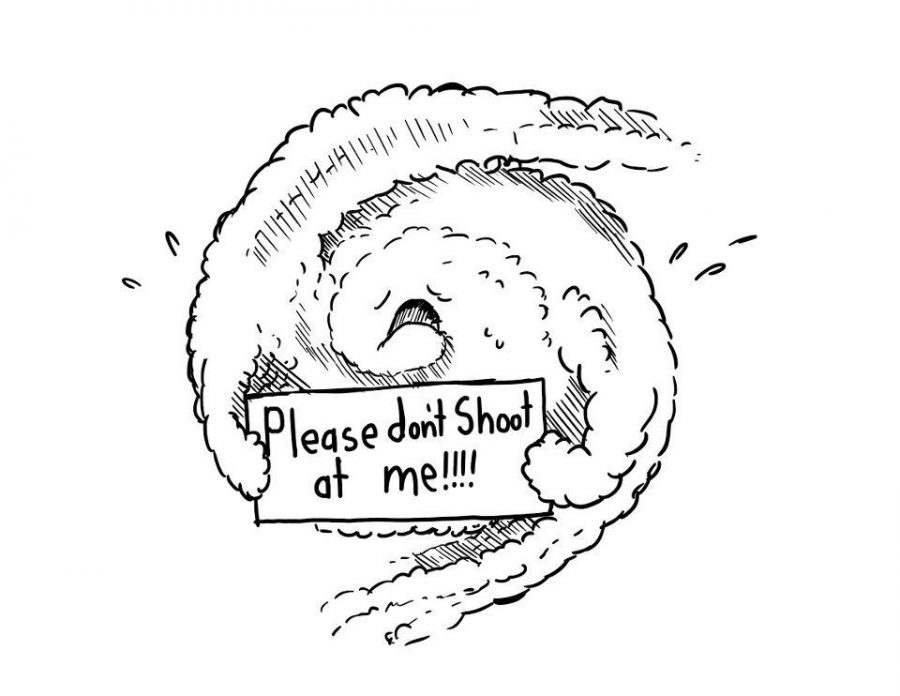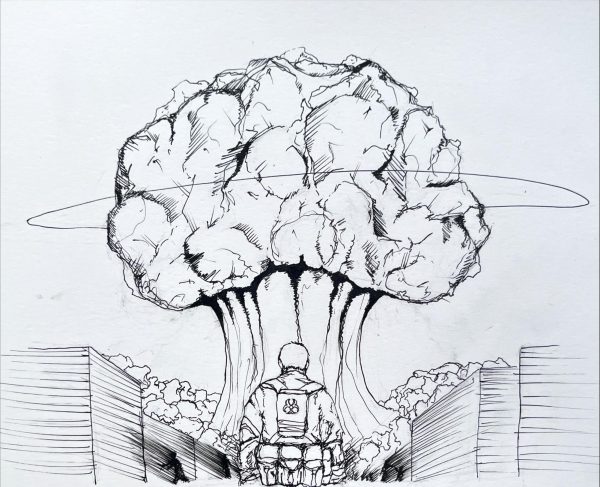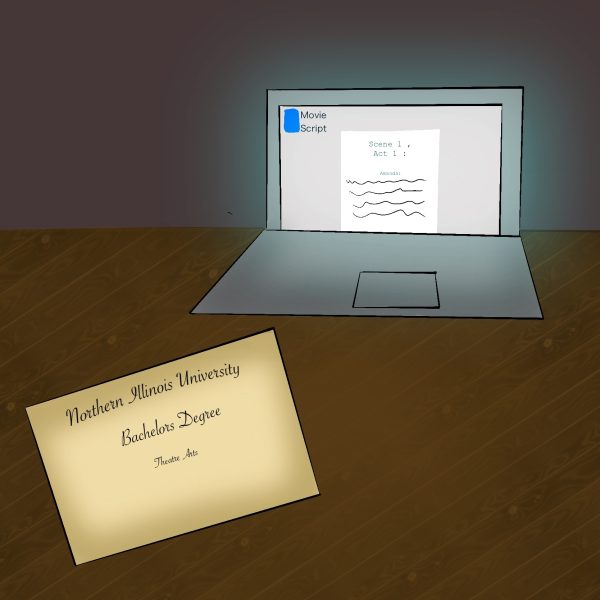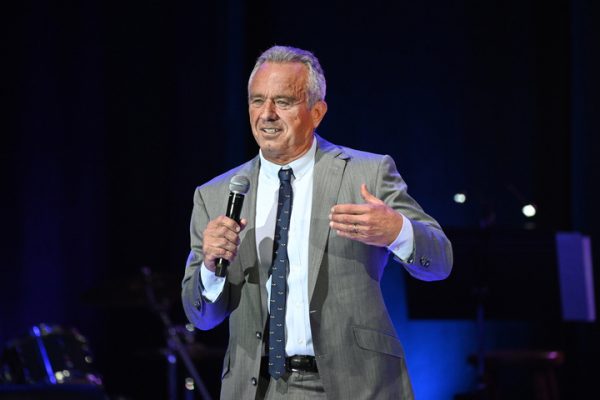Point/Counterpoint: The aftermath of hurricanes
September 18, 2017
Unpredictable storms cause irreversible damage
Faith Mellenthin
In the aftermath of hurricane Harvey and Irma, it is clear even with advanced technology these storms are hard to predict and cause incredible destruction inland to environments and civilization.
The main cause for destruction are the high-speed winds, which in result cause storm surges. A storm surge is a large tide of water created from winds that can be up to 20 feet tall and cause major flooding, according to the National Hurricane Association (NHA). A combination of winds and high tides is what damages more buildings and even causes erosion in roadways and structure foundations.
The NHA is able to give accurate updates to the storms’ movement that has helped decrease the number of fatalities over the years. However, there are still fatalities that occur. Even with a growing backlog of hurricane data that help meteorologist predict pathways, the weather within a hurricane contains so many factors that can alter its course and intensity at any moment.
Our country does a wonderful job helping out with the aftermath of natural disasters such as hurricanes. As of Tuesday, 3.8 million meals and 3.4 million liters of water had been transferred to southeastern states, according to the Federal Emergency Management Agency. All over Facebook people are offering up their houses and resources to strangers as temporary shelter. Humans can track, predict, and give advanced notice via satellite of natural disaster movements; but, we cannot stop them. Storms happen, and acres of houses get destroyed to the point where people turn public buildings into storm shelters. Even as our predictions are growing more accurate with each hurricane bringing in more data, they will continue to damage people’s homes and businesses.
When hurricanes hit, communities have no way to fight back and can only surrender to the storm by staying and attempting to wait it out or run. Anything that results in 27 trillion gallons of water spread over two states, $75 billion in estimated damages and 72,000 people requiring rescue, according to a Sept. 1 CNN article, deserves to be considered a catastrophic disaster and people should be scared.
Hurricanes have the potential to help climate
Maddie Steen
Throughout the first two weeks of the semester in Geography 306, Severe and Hazardous Weather, Walker Ashley, associate professor of geography, began every class period pulling up multiple radars while explaining the progression and severity of the approaching hurricanes; instead of panicking, students were convinced natural disasters like hurricanes are actually great for the planet and we should be thankful.
The destruction and devestation weighs heavy on the hearts of those affected, but when we think long-term for the planet, hurricane season acts as our savoir. Tropical cyclones cause a heat transfer to occur between the atmosphere and the ocean surface. At the same time, hurricanes bring an uprising of cool water from the depths of the sea that lowers the surface temperature, according to the National Oceanic and Atmospheric Administration website.
Hurricanes act as “heat engines” that transfer hot water into the atmosphere and eventually that energy evaporates into outer space through long-wave radiation, according to NOAA. If water goes uncirculated by hurricanes, then the equator would be much warmer and the poles cooler. When a storm comes barrier islands are replenished through the sediment and minerals from the bottom of the ocean; without hurricanes, these islands would sink, according to a Jan. 2015 article from Yale Environment 360 published by Yale School of Forestry and Environmental Studies.
Aside from acting as an air conditioner for the Earth, hurricanes also provide a greater respect and appreciation for nature as well as a chance for fallen communities to review their infrastructure and community needs. When tropical storms come through, it becomes a time of turmoil. Each time, they teach the affected community that they need to take the time to prepare for future disasters as they rebuild. Professor Walker Ashley suggests hurricane straps be required to help buildings sustain high winds.
People need to start educating themselves on how the environment works. It shouldn’t take a huge storm to happen in order to scare people into preparing for such disasters. Had more people been prepared during both Harvey and Irma, less damage and death could have occurred. It’s scary to watch homes be destroyed, but humans are reminded of their humanity every time they help their neighbor pick up another piece of their broken house.












